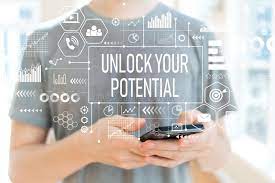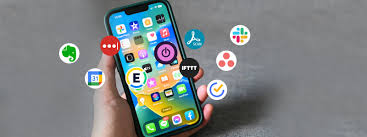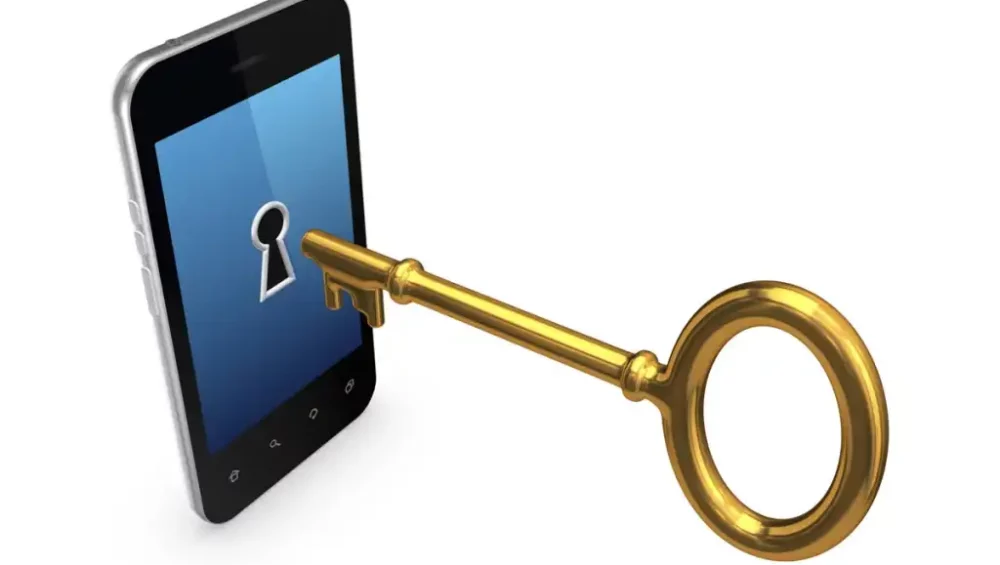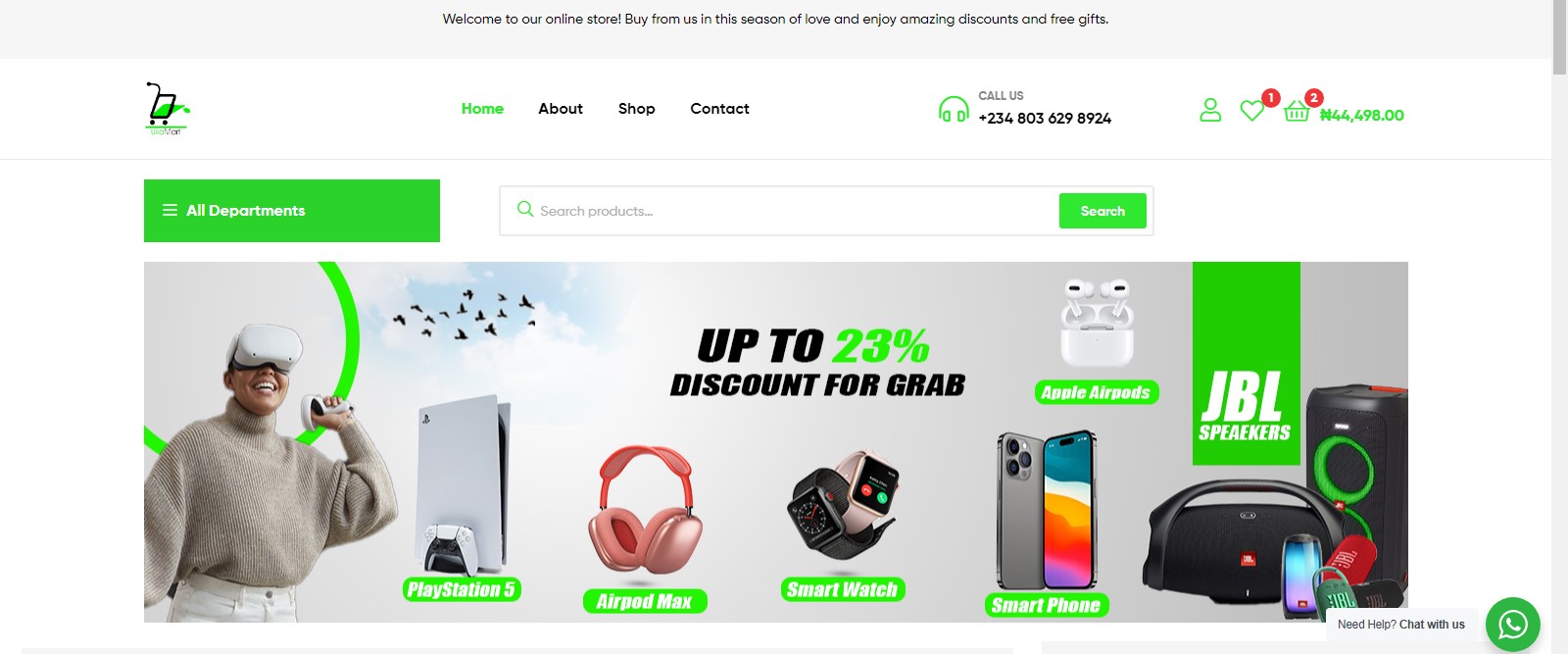
Tips and Tricks for Maximum Efficiency
Smartphones have become an indispensable part of our daily lives, serving as powerful tools for communication, entertainment, productivity, and more. Despite their widespread use, many people are unaware of the full potential of these versatile devices. In this blog post, we’ll explore various ways to unlock the potential of your smartphone, helping you make the most of its capabilities.
1. Maximize Productivity
Your smartphone can be a powerhouse for productivity if used effectively. Here are some tips:
- Use Productivity Apps: Apps like Microsoft Office, Google Workspace, and Evernote can help you manage documents, create spreadsheets, and take notes on the go. For example, Evernote allows you to organize notes with tags and notebooks, making it easy to find information quickly. Google Workspace integrates seamlessly with other Google services, enabling you to collaborate in real-time with colleagues.
- Task Management: Apps like Todoist, Trello, and Asana allow you to organize your tasks and projects, set reminders, and collaborate with others. Trello uses a card and board system for managing tasks visually, which can be particularly helpful for team projects. Asana provides detailed task tracking and project timelines, making it easier to meet deadlines.
- Calendar and Scheduling: Integrate your calendar with apps like Google Calendar or Outlook to keep track of appointments, meetings, and deadlines. Google Calendar offers features like event reminders, location suggestions, and integration with other Google services, while Outlook combines email and calendar functionalities for streamlined scheduling.
2. Enhance Communication of your Smartphone
Smartphones are designed to keep us connected. Here’s how to make the most of their communication features:
- Instant Messaging and Video Calls: Use apps like WhatsApp, Zoom, Skype, and Microsoft Teams to stay in touch with friends, family, and colleagues. WhatsApp supports text messaging, voice calls, and video calls and its group chat feature is ideal for keeping in touch with multiple people at once. Zoom and Microsoft Teams are excellent for virtual meetings, offering screen sharing, breakout rooms, and recording options.
- Unified Email Management: Use email clients like Outlook, Gmail, or Spark to manage multiple email accounts in one place. Spark’s smart inbox feature categorizes emails automatically, making it easier to focus on important messages. Outlook allows for easy switching between personal and work accounts, and Gmail offers powerful search and organization tools.
- Social Media Management: Apps like Hootsuite or Buffer can help you manage and schedule posts across various social media platforms. Hootsuite’s analytics tools provide insights into your social media performance, while Buffer allows you to plan and publish posts across multiple accounts, ensuring a consistent online presence.

3. Improve Health and Fitness
Leverage your smartphone to maintain a healthier lifestyle:
- Fitness Apps: Apps like MyFitnessPal, Strava, and Fitbit help you track your workouts, monitor your diet, and set fitness goals. MyFitnessPal’s extensive food database makes calorie counting easy, and Strava’s GPS tracking is great for runners and cyclists to log their routes and performance. Fitbit’s app syncs with its wearable devices to monitor your activity levels, sleep patterns, and heart rate.
- Mental Health: Apps like Headspace and Calm offer guided meditations, mindfulness exercises, and stress relief techniques. Headspace provides themed meditation sessions tailored to specific needs like stress reduction or better sleep, while Calm offers a variety of meditations, sleep stories, and relaxation music.
- Sleep Tracking: Apps like Sleep Cycle and Pillow analyze your sleep patterns and provide insights to improve your sleep quality. Sleep Cycle uses your phone’s accelerometer to track your movements during sleep, waking you up during the lightest sleep phase for a more refreshed morning. Pillow integrates with Apple Health to provide comprehensive sleep analysis.
4. Boost Learning and Education
Your smartphone can be a powerful tool for continuous learning:
- Online Courses: Platforms like Coursera, Udemy, and Khan Academy offer a wide range of courses that you can access from your phone. Coursera provides courses from top universities and companies, often offering certificates upon completion. Udemy’s vast library includes courses on nearly any subject, from coding to creative writing. Khan Academy offers free educational resources for K-12 students, making learning accessible to all.
- Language Learning: Apps like Duolingo, Rosetta Stone, and Babbel make learning new languages fun and interactive. Duolingo’s gamified approach keeps you motivated with points and levels, while Rosetta Stone focuses on immersive learning through real-life scenarios. Babbel offers practical conversations and personalized review sessions to reinforce learning.
- Educational Podcasts and Audiobooks: Use apps like Audible and Spotify to listen to educational content while on the go. Audible’s vast library includes not only audiobooks but also courses and lectures on various topics. Spotify offers a wide range of educational podcasts, from science and history to business and technology.
5. Optimize Travel and Navigation
Smartphones are essential for modern travel:
- Navigation: Apps like Google Maps and Waze provide real-time traffic updates, route planning, and location-based services. Google Maps offers detailed maps, transit information, and business reviews, while Waze uses user-submitted data to suggest the fastest routes and alert you to traffic hazards.
- Travel Planning: Apps like TripIt and Google Trips help you organize your travel itinerary, book flights, and find accommodations. TripIt consolidates all your travel information into one master itinerary, accessible even offline. Google Trips offers personalized travel recommendations based on your Google search history and integrates with Google Maps for easy navigation.
- Local Exploration: Use apps like Yelp and TripAdvisor to find local attractions, restaurants, and activities. Yelp provides user reviews and ratings to help you choose the best places to visit, while TripAdvisor offers comprehensive travel guides and user-generated content to enhance your travel experience.
6. Enhance Security and Privacy

Protect your data and privacy with these tips:
- Password Management: Use apps like LastPass and 1Password to generate and store strong, unique passwords. LastPass securely stores passwords and automatically fills them in on websites and apps. At the same time, 1Password offers a secure vault for all your sensitive information and integrates with major browsers for easy access.
- Two-Factor Authentication: Enable two-factor authentication (2FA) for your accounts to add an extra layer of security. Apps like Authy and Google Authenticator provide time-based one-time passwords (TOTPs) for secure login, ensuring that even if your password is compromised, your accounts remain protected.
- Privacy Apps: Apps like Signal for secure messaging and DuckDuckGo for private browsing help protect your personal information. Signal encrypts your messages end-to-end, ensuring that only you and the recipient can read them. DuckDuckGo prevents websites from tracking you, offering a more private browsing experience.
7. Customization and Personalization
Make your smartphone truly yours:
- Custom Launchers: Use custom launchers like Nova Launcher or Microsoft Launcher to change the look and feel of your home screen. Nova Launcher offers extensive customization options, including icon packs, grid sizes, and gestures. Microsoft Launcher integrates with your Microsoft account, providing personalized news, calendar events, and to-do lists.
- Widgets: Add widgets for quick access to information like weather, calendar events, and news. Widgets like Google Keep allow you to view and edit notes directly from your home screen, while weather widgets provide real-time updates on weather conditions.
- Themes and Wallpapers: Customize your phone with themes and wallpapers that reflect your style. Apps like Zedge offer a vast collection of wallpapers, ringtones, and notification sounds, while many smartphones have built-in theme stores for a cohesive look.
8. Entertainment and Media
Smartphones are great for entertainment:
- Streaming Services: Use apps like Netflix, Hulu, and Disney+ to watch your favorite movies and TV shows. Netflix offers a vast library of original content and popular shows, while Hulu provides access to current TV episodes and various movies. Disney+ features an extensive collection of Disney, Marvel, Star Wars, and National Geographic content.
- Music and Podcasts: Apps like Spotify, Apple Music, and Pocket Casts offer extensive libraries of music and podcasts. Spotify’s curated playlists and personalized recommendations help you discover new music, while Apple Music integrates seamlessly with your iTunes library. Pocket Casts offers powerful podcast management features, including custom playlists and offline listening.
- Gaming: Explore mobile games that range from casual to immersive experiences, available on platforms like Google Play and the App Store. Games like Candy Crush Saga and Angry Birds provide quick, casual fun, while titles like PUBG Mobile and Fortnite offer intense, competitive gameplay.
9. Utilize Advanced Features

Explore the advanced capabilities of your smartphone:
- Voice Assistants: Use voice assistants like Siri, Google Assistant, or Alexa to perform tasks hands-free. Siri can set reminders, send texts, and control smart home devices, while Google Assistant offers robust search capabilities and integration with Google services. Alexa provides a wide range of skills for controlling smart home devices, playing music, and more.
- Augmented Reality (AR): Apps like Google Lens and AR games enhance your real-world interactions with digital overlays. Google Lens can identify objects, translate text, and provide information about landmarks, while AR games like Pokémon GO offer interactive experiences that blend the digital and physical worlds.
- Automation: Apps like IFTTT (If This Then That) and Tasker allow you to automate repetitive tasks and create custom workflows. IFTTT can connect different apps and devices to perform actions automatically, such as saving email attachments to cloud storage or turning on smart lights when you arrive home. Tasker provides more advanced automation options, enabling you to create complex scripts for various tasks.
Conclusion
Unlocking the full potential of your smartphone requires a mix of exploration and the right tools. By leveraging the diverse array of apps and features available, you can transform your smartphone into a powerful ally that enhances every aspect of your life. Whether for productivity, communication, health, education, travel, security, customization, entertainment, or advanced functionalities, there’s always something new to discover and utilize. Embrace the possibilities and make the most of your smartphone’s capabilities today! You can read more of this kind of educating article anytime and any day. Just visit Ukamart today

















